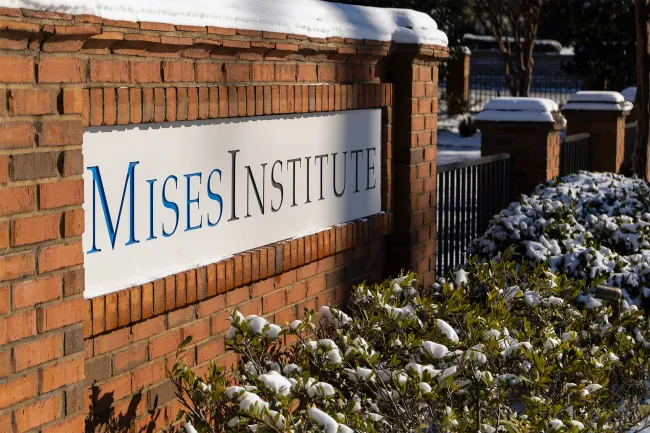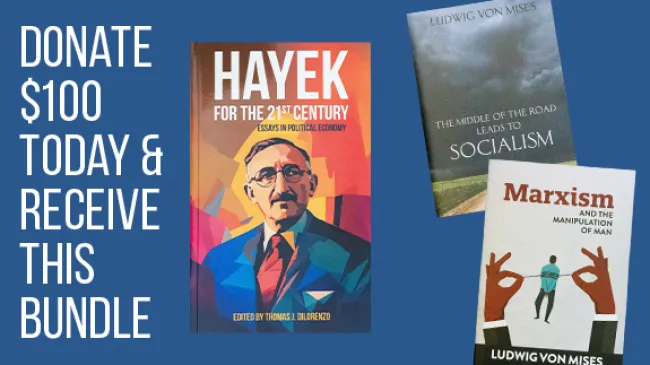The Quarterly Journal of Austrian Economics (QJAE) is a refereed journal that promotes the development and extension of Austrian economics and the analysis of contemporary issues in the mainstream of economics from an Austrian perspective..

Anti-Piketty: Capital for the 21st Century
If capitalism has been so bad for the poor, how can it be that the standard of living for the poor has vastly increased?
The Captured Economy: How the Powerful Enrich Themselves, Slow Economic Growth, and Increase Inequality
What should be done to end the Progressives influence over government and the economy and to promote the public good?
Public Policy, Productive and Unproductive Entrepreneurship: The Impact of Public Policy on Entrepreneurial Outcomes
Entrepreneurship is a double-edged sword. Using policy to support entrepreneurship is a balancing act between productive and unproductive behavior.
Scandinavian Unexceptionalism: Culture, Markets, and the Failure of Third-Way Socialism
This is a short and informative but easy to read answer to both how and why the Scandinavian welfare states seem to work so well.
A Comparison of Investment and Cash Building of Savings: A Rejoinder
This paper looks at the differences between investment and cash building and if either one offers additional benefits.
Freedom, Counterfactuals and Economic Laws: Further Comments on Machaj and Hülsmann
Furthering the discussion about “How can we reconcile the idea that there are laws of human action, that manifest themselves in market prices and the structure of production, with the idea that there is also freedom of choice?”
A Note on Block-Hoppe Debate on Indifference
This is a discussion of the debate on indifference within the remit of praxeology, as unfolded between Hans-Hermann Hoppe and Walter Block.
Secular Growth in Garrison’s Model: A Comment
Furthering the debate of whether or not Garrison's secular growth is consistent with neoclassical growth theory, in particular with Solow’s model.
Is Garrison’s Notion of “Secular Growth” Compatible With the Solow Growth Literature?
The present paper clarifies ambiguities from earlier discussions of whether Garrison’s usage of “secular growth” is more likely to resonate with a neoclassical or Austrian reader.
A Development of the Theory of the Ricardo Effect
The author rebuilds the theory of the Ricardo Effect around the alternative theses that a decline of investment by both the machine producing industries and the raw materials industries leads to the “scarcity of capital.”



